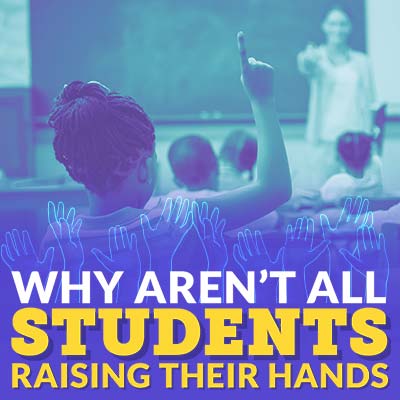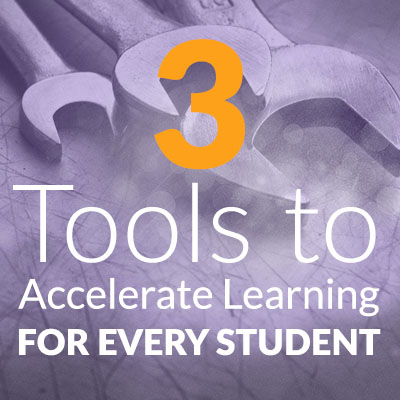Mike has served as editor and curriculum researcher for DataWORKS since 2010. Previously, he taught English in middle school, high schools, and colleges in Illinois, Puerto Rico, and California. He has edited national trade magazines and presented seminars nationwide for businesses and non-profit organizations. He believes words are a powerful educational tool for reporting, reflecting, and revealing.
Learning ObjectivesvsStandards Standards are often confused with Learning Objectives. Standards are the content and skills students need to know by the end of a school year. Learning Objectives are the content and skills students need to know by the end of a lesson. Perhaps most importantly, a Learning Objective defines the purpose of the lesson,…
Expert Teachers vs. Experienced TeachersWhat’s the Difference? In John Hattie’s 2012 book, Visible Learning for Teachers, he makes the statement that Expert Teachers are different from Experienced Teachers – and he backs it up with some research. Let’s take a look at the differences and then point out ways to develop more expertise. Schools ValueInspired…
Designated and Integrated ELD – the Left and Right Hand of ELD Instruction Since a high percentage of students in American schools these days are English learners, there has been an ongoing debate about how to meet their educational needs. One state, California, adopted its ELA/ELD Framework for instruction in 2014. It recommends a comprehensive…
The Secret to Differentiation with EDI:Making Better Decisions at Choice Points Explicit Direct Instruction (EDI), an interactive teaching strategy developed by Ybarra and Hollingsworth, involves the use of specific lesson delivery and lesson design components. The goal is for teachers to develop automaticity with the teaching strategies so they can focus more on how students…
EDI Activates 18 of the Top 30 Influences on Student Achievement, As Measured by Hattie John Hattie, a professor of education from Australia and New Zealand, published Visible Learning in 2009 (with additional books in 2012 and 2015). The purpose of his research was to identify what works and what doesn’t in education in statistical…
Checking for Understanding by Calling Non-Volunteers. When addressing the idea of selecting non-volunteers for the purpose of asking students questions, one needs to consider two things: 1) Do students know the answer? and 2) Are they ready to give the answer? Here’s why we should NOT call on students who raise their hands. Typically, teachers…
What Makes a Good Lesson for Designated ELD? In previous articles, we’ve discussed the differences between Integrated ELD and Designated ELD. We made the point that Integrated ELD instruction is sharpening the focus on language in regular lessons in all content areas. Designated ELD instruction is a separate time set aside in the school day…
3 Tools to Accelerate Learning for Every Student When the Every Student Succeeds Act (ESSA) was signed by President Obama in December 2015, it represented a renewed commitment to equal opportunity for all students. Its focus was on helping disadvantaged students and low-performing schools, as well as requiring for the first time that all students…
The final type of cognitive strategy that we will discuss in this series of blog posts is metacognitive strategies. As we’ve seen, cognitive strategies are the basic mental techniques we use to think, study, and learn (such as chunking, rehearsal, elaboration, and organization). Taking it to the next level, metacognitive strategies involve “thinking about thinking.” …
The teacher asked students to write a paragraph about video games. Adam wrote: Link is a clever guy who has to rescue Princess Zelda from the villain Ganon. Along the way, he learns to use the Triforce. Anthony wrote: To play the game, you have to be good at using a controller. With the right…










